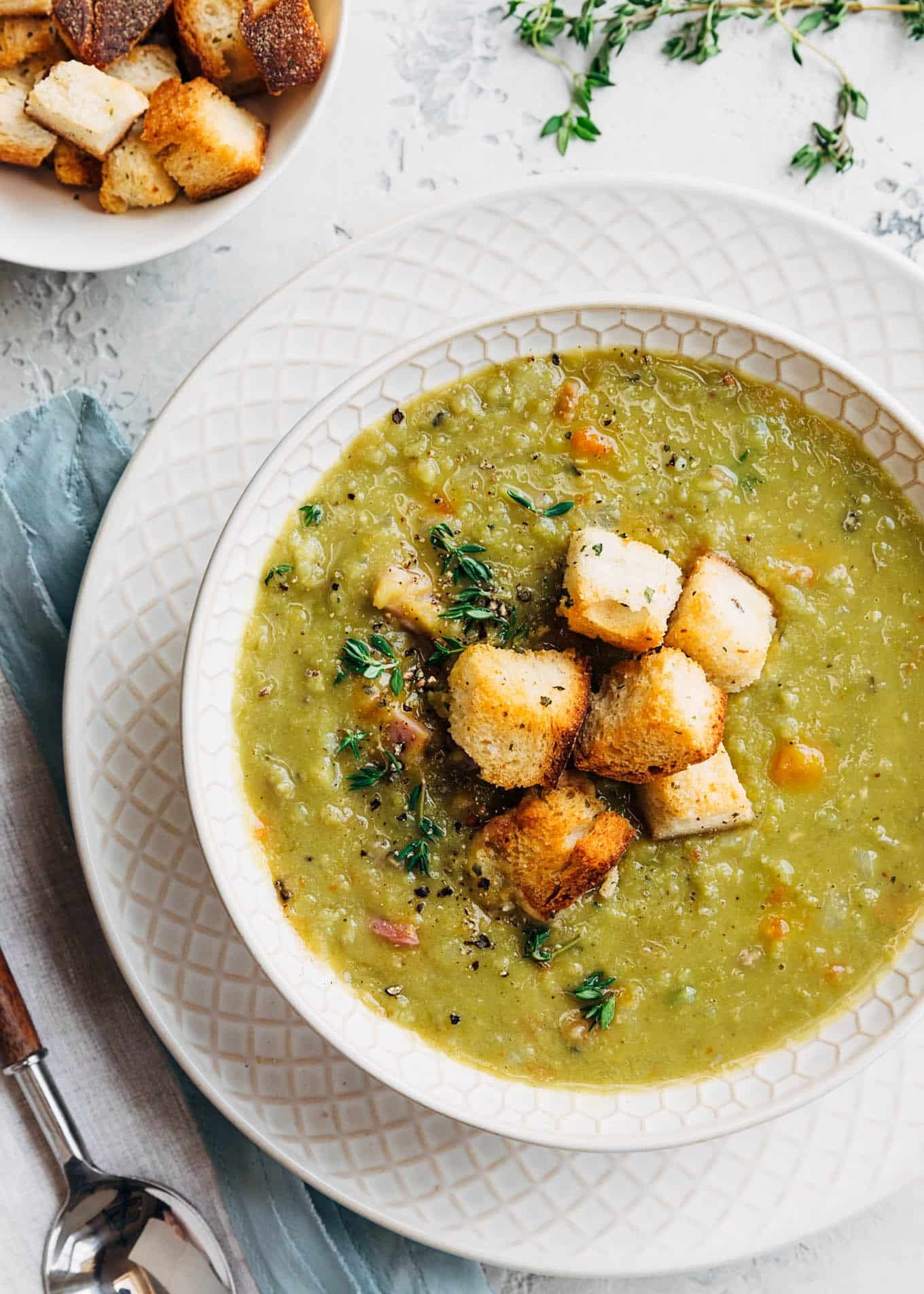Fibre and the Gut
Fibre and the gut is an essential aspect to consider when it comes to abdomino-pelvic health. Fibre is a carbohydrate that the body can’t digest. There are two main types of fibre: soluble and insoluble. Both are important and beneficial for gut motility and health . Fibre is found in fruits, vegetables, and whole grains, but is not found in animal products, either meat or dairy.
Soluble fibre is not intuitive for most of us. It is not the textured, stringy stuff we imagine like celery, but is found in foods like beans or raspberries. Soluble fibre becomes a gel when it is dissolved and slows the absorption of starches in the gut. Starches are sugar molecules linked together in long chains, and when we digest them, we simply break off the sugars to be absorbed into the bloodstream. Speed matters: the faster we digest sugars the higher the concentration in the blood. Being able to slow that down is like changing an open dam to a modest trickle reducing damage downstream. Spikes in blood sugars come from refined starches (white rice, white pasta, white bread or baked goods made from white flour) or sugars (candy, syrups, jam, honey). Eating foods with soluble fibre slows that spike of sugar to a wave and allows the pancreas to deal with the sugar more gradually.
Soluble fibre also changes the way LDL cholesterol (‘bad’ cholesterol) is handled by the body. It decreases our ‘bad’ cholesterol levels by binding to the LDL as it passes through the intestines, allowing it to be removed from the body as waste.
Soluble fibre makes me think of the lyrics to the children’s song “Oats, peas, beans, and barley grow” since those foods top the list of foods rich in soluble fibre. These types of fibre should be as whole as possible. Apples with the skin have twice as much fibre as when peeled. Pectin (used in making jams and jellies) is the fibre in the skins of many fruits and berries.
Insoluble fibre is a bit more intuitive, and is found in the foods that many of us think of like bran and broccoli. Constipation is often considerably eased with an increase in insoluble fibre. The structure of the plants is not able to be digested, thus giving us ‘bulk., In other words something for the smooth muscle fibres surrounding the bowel to work on. The actions of the smooth muscle fibres are known as peristalsis and are responsible for moving the food along in the digestive tract. Insoluble fibre shifts the water balance, drawing more water into the bowel. You can think of it a bit like the peat pellets gardeners sow seeds into in the spring. They absorb easily twice their weight in water and expand to double or triple the size. As insoluble fibre absorbs water, it adds bulk to the stool and softens it – BUT only if there is sufficient water, so it is important to stay well hydrated. The longer stool stays in the gut, the more water is absorbed, making it hard and sometimes painful to pass. Insoluble fibre eases constipation and diverticular disease, but studies have not found an effect on colon cancer.
Sources of insoluble fibre include whole grains and bran, root vegetables (carrots, beets, potatoes especially sweet potatoes), nuts and seeds, berries, and green leafy vegetables.
It turns out that you need both soluble and insoluble fibre to work together in the gut with the microbiome, the millions of natural bacteria that help us digest and absorb nutrients from food. There is a lot of talk about both probiotics (the bacteria themselves) and prebiotics (plant material to feed the bacteria), and it amounts to your own complex ecosystem doing far more for us than we had any idea 25 years ago. It is now understood that gut function is tied to mood and brain chemistry as well. Fibre feeds the microbes at work in our colon.
I have to admit that I was a bit frustrated with the new food guide when it came out. After 3 years and millions of dollars spent, all there was was a picture. A lovely colourful picture, but a picture all the same. Have a look : https://food-guide.canada.ca/en/. There is, however, a simplicity in it. The message you should take away is that half of what you put in your mouth should be plant based, and the more colours the better. Variety and minimally or unprocessed fruits and vegetables are best. . Most adults are getting less than half of the daily fibre recommendations (25g for women and 38g for men). There are benefits from cardiovascular health to blood sugar control and weight loss, so go looking for more opportunities to enjoy new and old favourites from the produce section! To help optimize your fibre and the gut, enjoy this fibre-filled recipe below.
Classic Canadian Split Pea Soup
1 c split yellow peas
2 carrots, chopped
2 stalks of celery, chopped
1 medium onion, chopped [ham bone with a bit of meat] 1 tsp thyme
1 bay leaf
1 tbsp half salt
ground black pepper to taste 4 c water
Rinse the split peas in cold water.
Combine the ingredients in a medium pot and bring to a boil.
Reduce heat and simmer, partially covered, on low for 3 hrs or until soup thickens.
Remove ham bone if used and chop meat. Return ham pieces to pot, discard bone.



